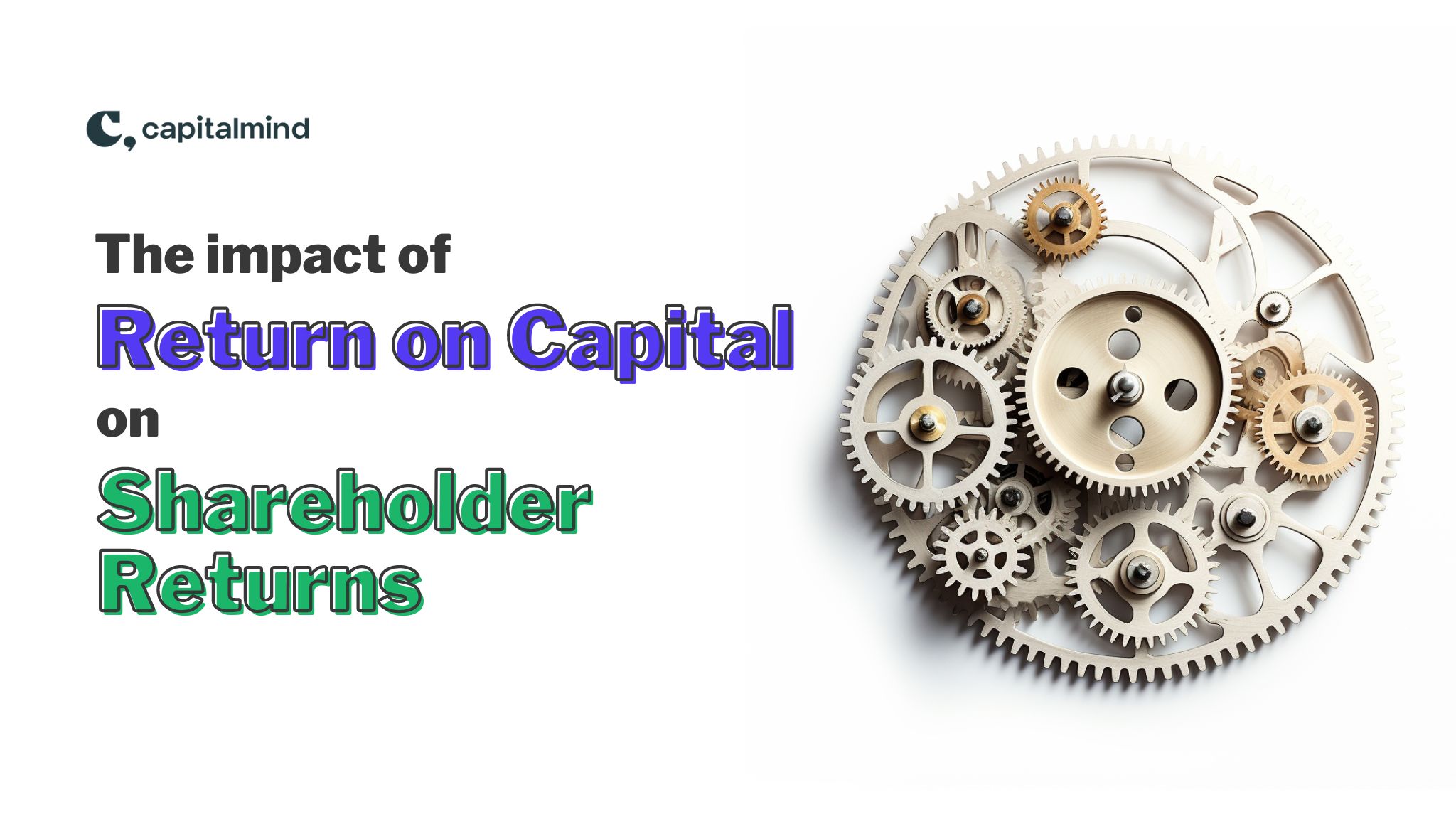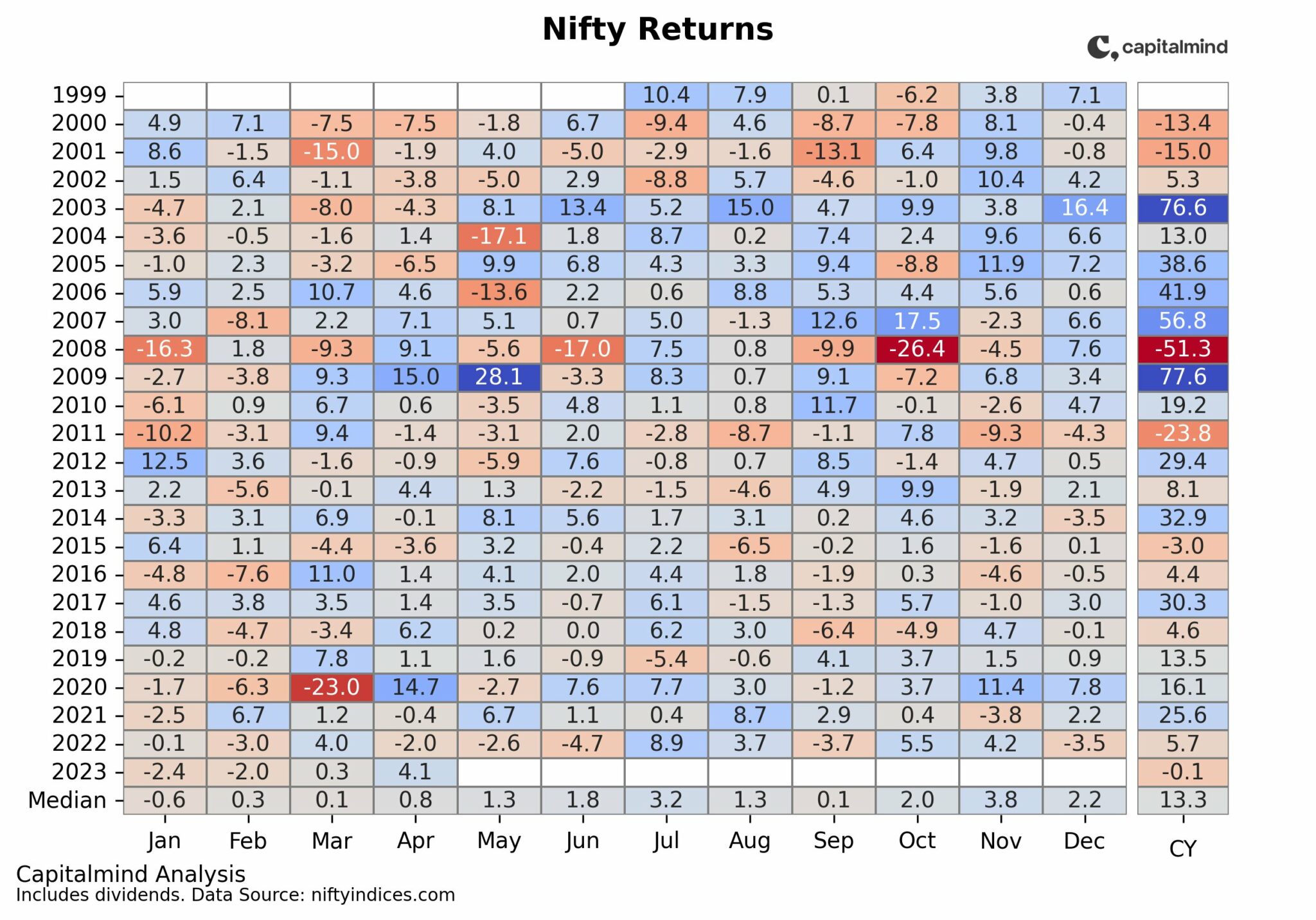From LiveMint: Real Estate cos headed for a debt trap?
People familiar with the developments say DLF’s debt is around Rs15,000 crore. On an average, the company delivers 10-11 million sq. ft per year. If we take the average cost of interest at 13%, DLF’s interest burden for FY10 will be Rs1,950 crore. That means the company will have to pay Rs163 crore every month and that’s just the interest component. Even if DLF is able to sell 10 million sq. feet at an average price of Rs3,000 a sq. foot, it will generate sales of Rs3,000 crore. However, typically just 20% of booking amount is paid upfront by customers. Going by that logic, DLF can expect an inflow of Rs600 crore. Compare that to the Rs1,950 crore of interest burden that DLF will have to pay in FY10.
Unitech’s story, sources say, is no different. With a debt burden of Rs8,000 crore, it will have to bear an interest burden of Rs1,040 crore. Assuming that one apartment of Unitech sells for Rs40 lakh, the company will have to pre-sell 10,400 apartments to generate Rs1040 crore.
There are others too in the same boat. HDIL’s debt figure is Rs4,000 crore. The company is launching projects aggressively. It had two launches in March and five others are planned later this year. Not surprising, since at 13% interest cost, the firm will have to bear Rs520 crore just as interest burden. The question several analysts are asking is will the pre-sale amount suffice for both servicing the interest cost and construction costs as well? Or is a delay in these new projects inevitable?
Sobha Developers have just 1,500 apartments ready for sale. The company has debt of Rs1,850 crore and the interest that it will have to pay is Rs241 crore. Sobha Developers has two launches planned later this year. While Sobha’s land bank may be 3,000 acres, just 23 acres is under construction. Company sources have confirmed that it will take additional debt to service interest cost burden in FY10. And industry players fear, several others will follow suit.
With a recovery in prices – DLF is up over 70% in a couple months, and Unitech close to 30% – it seemed like the worst was over. This debt seems to show these companies have the worst ahead of them. DLF in particular seems to be getting on the wrong side of news.
DE Shaw and Symphony want to get out of DLF Assets Limited, the KP Singh owned company which buys all of DLF’s properties (and thus is responsible for DLF’s revenue). They’ve invested $1.05 billion together in DAL, and buying them out will not be easy.
DAL owes DLF 5,500 crore. Don’t you love it when you can sell your properties to yourself, and show it as revenue? But I digress. DAL doesn’t have the moolah, so they’re trying all sorts of things. They wanted to merge DLF and DAL – that way, no receivables. But that’s not going to be easy as both Symphony and DE Shaw want out, and all the murkiness that was shoved by DLF under DAL’s carpet will now become visible – not desirable.
DLF/DAL have now raised 1,100 cr. from HDFC Bank. DLF is also looking to sell its hotel plots, its wind power plants. Customers seem to want refunds on unfinished projects. Commercial rentals are in some trouble, with some mall retailers shutting shop demanding lower rentals.
DLF’s stock, meanwhile, is going through some serious short covering – it was nearly at the Market Wide Position Limit last month, and the sharp rise must have killed a lot of levered shorts; the covering is killing them some more. The results will not be good – we all know that anyway – but it might not be as bad as one thinks either, because this stuff can take months to play out. So the stock continues on its uptrend, but one needs to be careful and keep a reasonably close stop loss.



